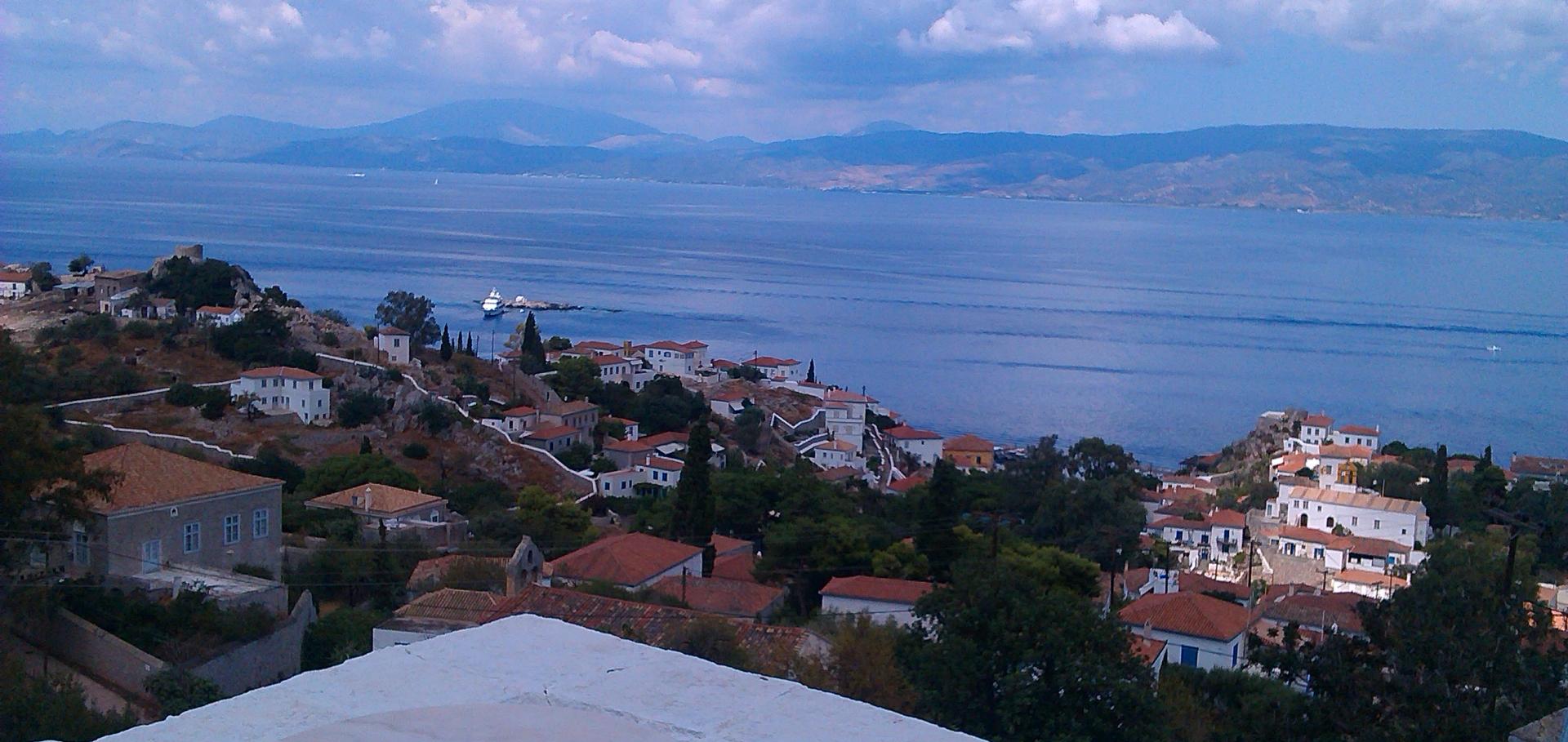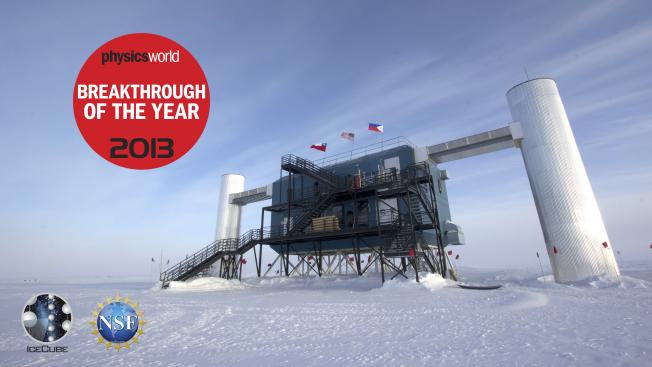The Fluorescence Detector of the Pierre Auger Observatory
ArXiv 0907.4282 (2009)
Authors:
The Pierre Auger Collaboration, J Abraham, P Abreu, M Aglietta, C Aguirre, EJ Ahn, D Allard, I Allekotte, J Allen, P Allison, J Alvarez-Muñiz, M Ambrosio, L Anchordoqui, S Andringa, A Anzalone, C Aramo, E Arganda, S Argirò, K Arisaka, F Arneodo, F Arqueros, T Asch, H Asorey, P Assis, J Aublin, M Ave, G Avila, A Bacher, T Bäcker, D Badagnani, KB Barber, AF Barbosa, HJM Barbosa, N Barenthien, SLC Barroso, B Baughman, P Bauleo, JJ Beatty, T Beau, BR Becker, KH Becker, A Bellétoile, JA Bellido, S BenZvi, C Berat, P Bernardini, X Bertou, PL Biermann, P Billoir, O Blanch-Bigas, F Blanco, C Bleve, H Blümer, M Boháčová, E Bollmann, H Bolz, C Bonifazi, R Bonino, N Borodai, F Bracci, J Brack, P Brogueira, WC Brown, R Bruijn, P Buchholz, A Bueno, RE Burton, NG Busca, KS Caballero-Mora, D CaminL Caramete, R Caruso, W Carvalho, A Castellina, J Castro, O Catalano, L Cazon, R Cester, J Chauvin, A Chiavassa, JA Chinellato, A Chou, J Chudoba, J Chye, PDJ Clark, RW Clay, E Colombo, R Conceição, B Connolly, F Contreras, J Coppens, A Cordero, A Cordier, U Cotti, S Coutu, CE Covault, A Creusot, A Criss, JW Cronin, J Cuautle, A Curutiu, S Dagoret-Campagne, R Dallier, F Daudo, K Daumiller, BR Dawson, RM de Almeida, M De Domenico, C De Donato, SJ de Jong, G De La Vega, WJM de Mello Junior, JRT de Mello Neto, I De Mitri, V de Souza, KD de Vries, G Decerprit, L del Peral, O Deligny, A Della Selva, C Delle Fratte, H Dembinski, C Di Giulio, JC Diaz, PN Diep, C Dobrigkeit, JC D'Olivo, PN Dong, D Dornic, A Dorofeev, JC dos Anjos, MT Dova, D D'Urso, I Dutan, MA DuVernois, R Engel, M Erdmann, CO Escobar, A Etchegoyen, P Facal San Luis, H Falcke, G Farrar, AC Fauth, N Fazzini, F Ferrer, A Ferrero, B Fick, A Filevich, A Filipčič, I Fleck, S Fliescher, R Fonte, CE Fracchiolla, ED Fraenkel, W Fulgione, RF Gamarra, S Gambetta, B García, D García Gámez, D Garcia-Pinto, X Garrido, H Geenen, G Gelmini, H Gemmeke, PL Ghia, U Giaccari, K Gibbs, M Giller, J Gitto, H Glass, LM Goggin, MS Gold, G Golup, F Gomez Albarracin, M Gómez Berisso, PF Gomez Vitale, P Gonçalves, M Gonçalves do Amaral, D Gonzalez, JG Gonzalez, D Góra, A Gorgi, P Gouffon, E Grashorn, V Grassi, S Grebe, M Grigat, AF Grillo, J Grygar, Y Guardincerri, N Guardone, C Guerard, F Guarino, R Gumbsheimer, GP Guedes, J Gutiérrez, JD Hague, V Halenka, P Hansen, D Harari, S Harmsma, S Hartmann, JL Harton, A Haungs, MD Healy, T Hebbeker, G Hebrero, D Heck, C Hojvat, VC Holmes, P Homola, G Hofman, JR Hörandel, A Horneffer, M Horvat, M Hrabovský, H Hucker, T Huege, M Hussain, M Iarlori, A Insolia, F Ionita, A Italiano, S Jiraskova, M Kaducak, KH Kampert, T Karova, P Kasper, B Kégl, B Keilhauer, E Kemp, H Kern, RM Kieckhafer, HO Klages, M Kleifges, J Kleinfeller, R Knapik, J Knapp, D-H Koang, A Kopmann, A Krieger, O Krömer, D Kruppke-Hansen, D Kuempel, N Kunka, A Kusenko, G La Rosa, C Lachaud, BL Lago, P Lautridou, MSAB Leão, D Lebrun, P Lebrun, J Lee, MA Leigui de Oliveira, A Lemiere, A Letessier-Selvon, M Leuthold, I Lhenry-Yvon, R López, A Lopez Agüera, K Louedec, J Lozano Bahilo, A Lucero, H Lyberis, MC Maccarone, C Macolino, S Maldera, M Malek, D Mandat, P Mantsch, F Marchetto, AG Mariazzi, IC Maris, HR Marquez Falcon, D Martello, O Martineau, O Martínez Bravo, HJ Mathes, J Matthews, JAJ Matthews, G Matthiae, D Maurizio, PO Mazur, M McEwen, RR McNeil, G Medina-Tanco, M Melissas, D Melo, E Menichetti, A Menshikov, R Meyhandan, MI Micheletti, G Miele, W Miller, L Miramonti, S Mollerach, M Monasor, D Monnier Ragaigne, F Montanet, B Morales, C Morello, JC Moreno, C Morris, M Mostafá, CA Moura, M Mucchi, S Mueller, MA Muller, R Mussa, G Navarra, JL Navarro, S Navas, P Necesal, L Nellen, F Nerling, C Newman-Holmes, D Newton, PT Nhung, D Nicotra, N Nierstenhoefer, D Nitz, D Nosek, L Nožka, M Nyklicek, J Oehlschläger, A Olinto, P Oliva, VM Olmos-Gilbaja, M Ortiz, F Ortolani, B Oßwald, N Pacheco, D Pakk Selmi-Dei, M Palatka, J Pallotta, G Parente, E Parizot, S Parlati, S Pastor, M Patel, T Paul, V Pavlidou, K Payet, M Pech, J Pȩkala, IM Pepe, L Perrone, R Pesce, E Petermann, S Petrera, P Petrinca, A Petrolini, Y Petrov, J Petrovic, C Pfendner, A Pichel, R Piegaia, T Pierog, M Pimenta, T Pinto, V Pirronello, O Pisanti, M Platino, J Pochon, VH Ponce, M Pontz, J Pouryamout, L Prado Jr, P Privitera, M Prouza, EJ Quel, G Raia J Rautenberg, O Ravel, D Ravignani, A Redondo, HC Reis, S Reucroft, B Revenu, FAS Rezende, J Ridky, S Riggi, M Risse, C Rivière, V Rizi, C Robledo, MD Roberts, G Rodriguez, J Rodriguez Martino, J Rodriguez Rojo, I Rodriguez-Cabo, MD Rodríguez-Frías, G Ros, J Rosado, T Rossler, M Roth, B Rouillé-d'Orfeuil, E Roulet, AC Rovero, F Salamida, H Salazar b, G Salina, F Sánchez, M Santander, CE Santo, EM Santos, F Sarazin, S Sarkar, R Sato, N Scharf, V Scherini, H Schieler, P Schiffer, G Schleif A Schmidt, F Schmidt, T Schmidt, O Scholten, H Schoorlemmer, J Schovancova, P Schovánek, F Schroeder, S Schulte, F Schüssler, D Schuster, SJ Sciutto, M Scuderi, A Segreto, D Semikoz, G Sequieros, M Settimo, RC Shellard, I Sidelnik, BB Siffert, A Smiałkowski, R Šmída, AGK Smith, BE Smith, GR Snow, P Sommers, J Sorokin, H Spinka, R Squartini, E Strazzeri, A Stutz, F Suarez, T Suomijärvi, AD Supanitsky, MS Sutherland, J Swain, Z Szadkowski, A Tamashiro, A Tamburro, T Tarutina, O Taşcău, R Tcaciuc, D Tcherniakhovski, NT Thao, D Thomas, R Ticona, J Tiffenberg, C Timmermans, W Tkaczyk, CJ Todero Peixoto, B Tomé, A Tonachini, I Torres, P Trapani, P Travnicek, DB Tridapalli, G Tristram, E Trovato, V Tuci, M Tueros, E Tusi, R Ulrich, M Unger, M Urban, JF Valdés Galicia, I Valiño, L Valore, AM van den Berg, JR Vázquez, RA Vázquez, D Veberič, A Velarde, T Venters, V Verzi, M Videla, L Villaseñor, G Vitali, S Vorobiov, L Voyvodic, H Wahlberg, P Wahrlich, O Wainberg, D Warner, S Westerhoff, BJ Whelan, N Wild, C Wiebusch, G Wieczorek, L Wiencke, B Wilczyńska, H Wilczyński, C Wileman, MG Winnick, G Wörner, H Wu, B Wundheiler, T Yamamoto, P Younk, G Yuan, A Yushkov, E Zas, D Zavrtanik, M Zavrtanik, I Zaw, A Zepeda b, M Ziolkowski
Abstract:
The Pierre Auger Observatory is a hybrid detector for ultra-high energy
cosmic rays. It combines a surface array to measure secondary particles at
ground level together with a fluorescence detector to measure the development
of air showers in the atmosphere above the array. The fluorescence detector
comprises 24 large telescopes specialized for measuring the nitrogen
fluorescence caused by charged particles of cosmic ray air showers. In this
paper we describe the components of the fluorescence detector including its
optical system, the design of the camera, the electronics, and the systems for
relative and absolute calibration. We also discuss the operation and the
monitoring of the detector. Finally, we evaluate the detector performance and
precision of shower reconstructions.



